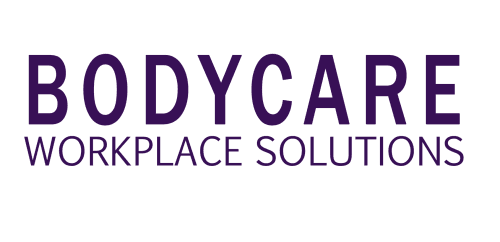What does a healthy workplace look like?

Physical health and psychological well-being are critical to our quality of life. Our workplaces must support both. Much has been made of the health and safety revolution in Australia. As a result, our workplaces are now safer than ever before.
But what about mental health in the workplace? This must be a team effort. Everyone has their role to play to foster work environments that encourage creative thinking, a positive outlook and enjoyment at work, rather than stress, anxiety and fatigue from dealing with workplace pressures.
So, how can we support this, and what does a truly healthy workplace look like?
FACTORS THAT CAN HARM MENTAL HEALTH IN THE WORKPLACE
Environmental Stressors
Stress is a fact of life and is not something we can totally do away with for good. However, this does not mean we can’t take steps to reduce exposure to environmental stressors. These are conditions in the workplace that can lead to psychological issues such as depression and anxiety over time.
A study from December 2017 found that 85% of Australian workers believe it is the responsibility of the employer to create an environment which combats workplace stress. And they are right. By reducing noise, hazards, and other direct environmental stressors, employers can help to create a healthier workplace.
Poor Resources and Support
To do our jobs, we need the right resources and support. Without this, the stress begins to pile up. By giving positive feedback, by properly planning the allocation of resources, and by appraising the availability of these resources, employers can reduce the stress and pressure placed on their workforce.
Of course, this also has a positive effect on productivity, which will benefit the organisation in both the long and short term.
Negative Workplace Relationships
Shocking findings from 2018 highlighted how workplace relationships can have a serious impact on stress. Around one in five cases of stress in the Australian workplace is the result of work related harassment or bullying. This represents a serious failing on the part of Australian employers, who are required by law to adopt a zero tolerance approach to bullying in all forms.
Perhaps even more shocking is that around 11% of mental disorders in the workplace result from exposure to violence. Except for in a few extreme cases – such as some positions in the armed forces or the police – no employees should ever be exposed to violence or trauma in the workplace. It is the duty of the employer to ensure this.
Lack of Direction or Logic
Change can be a good thing, provided it is implemented in a positive and incremental manner. If change is haphazard and poorly structured, this leads to damaging stress and, eventually, to serious psychological issues.
This is highlighted by statistics which show that 35% of Australian workers cite poor leadership as the most stressful part of their job. Lack of direction in the workplace also reduces engagement, with 72% of Australian workers admitting they are still searching for purpose and meaning in their working life.
KEY TACTICS FOR SUPPORTING MENTAL HEALTH IN THE WORKPLACE
A Genuine Commitment to Improving Psychological Well-being
In a healthy, positive workplace, employers take a proactive approach to supporting psychological well-being. They will initiate training programs in both mental health and first aid, promoting education and knowledge along the way. The stigma surrounding mental health has been reduced in recent years but knowledge must still be imparted if we are to achieve truly healthy work places.
Re-evaluating the Physical Workplace Environment
Is the working environment helping or hindering mental health? Introducing plants, standing desk options, social spaces for conducting meetings or for unwinding on breaks, promoting natural light; all of this can help to ensure that the workspace is geared towards mental well-being.
Looking After Employees
Your employees don’t need to be treated like children but you can still look after them physically. Introduce healthy food options in cafeterias and snack machines, pay closer attention to fostering positive relationships at work, and promote both healthy bodies and healthy minds. The first aid and mental health courses mentioned above also support this.
Improving Flexibility
Reduce stress and its negative effects on psychological health by becoming more flexible with working hours, giving employees the opportunity to ‘buy’ additional leave, and providing discounts to nearby fitness facilities.
Open Door Policy and Free Counselling
Letting employees know that your door is always open is a big step towards facilitating conversation and supporting mental well-being. Offering free counselling sessions, if and when required, is another highly effective means of nurturing a healthy workplace.
Want assistance in supporting a healthy workplace within your organisation? Want to learn more about first aid and mental health courses online? Get in touch with the Bodycare team today.


